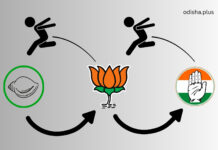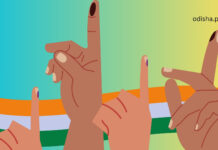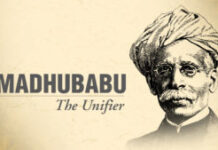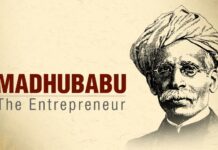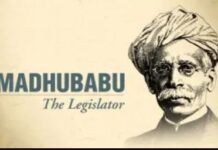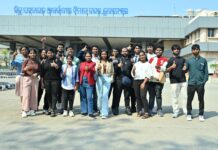Sutanu Guru
The future of mass media is clear. There is more bad news for stars of Indian journalism. The proportion of Indians who say they do not trust the media at all is about the same as those who do not trust the police at all!
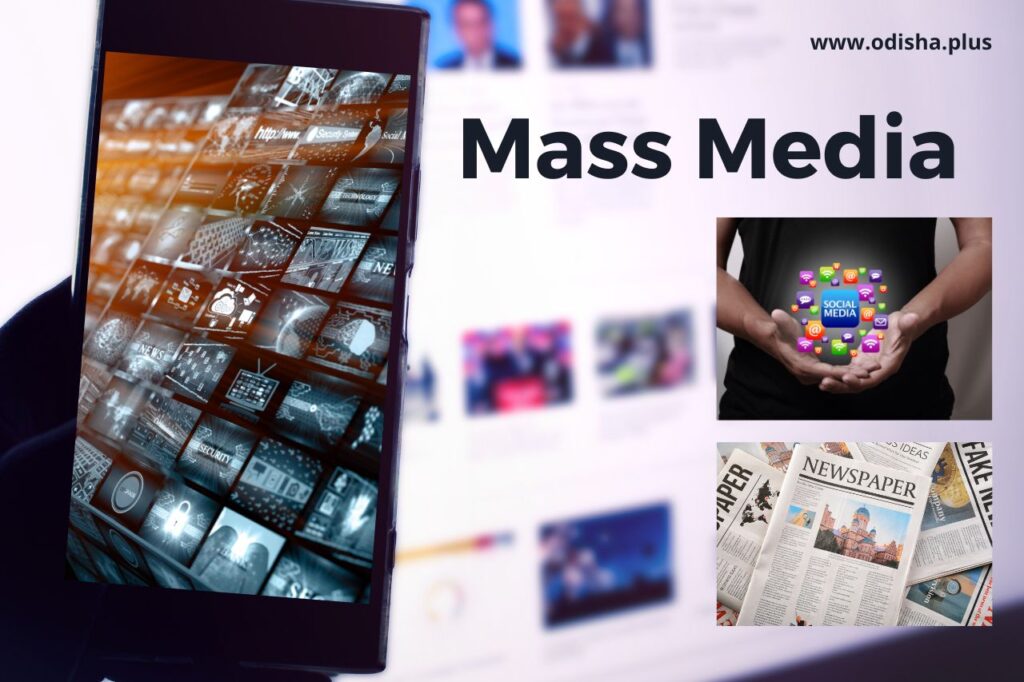
The author was quite intrigued by a column that appeared on this portal on mass media and its perceived ability to influence politics, set the agenda and play a role during elections. While very lucidly written, the column perhaps missed out highlighting the most significant trend related to the issue: mass media as it was understood in the 20th century is either dead or dying, replaced by a new mass media that is ideological, tribalistic and driven by rancour, abuse and divisiveness. This 21st century phenomenon is the result of the proliferation and unprecedented penetration by social media platforms.
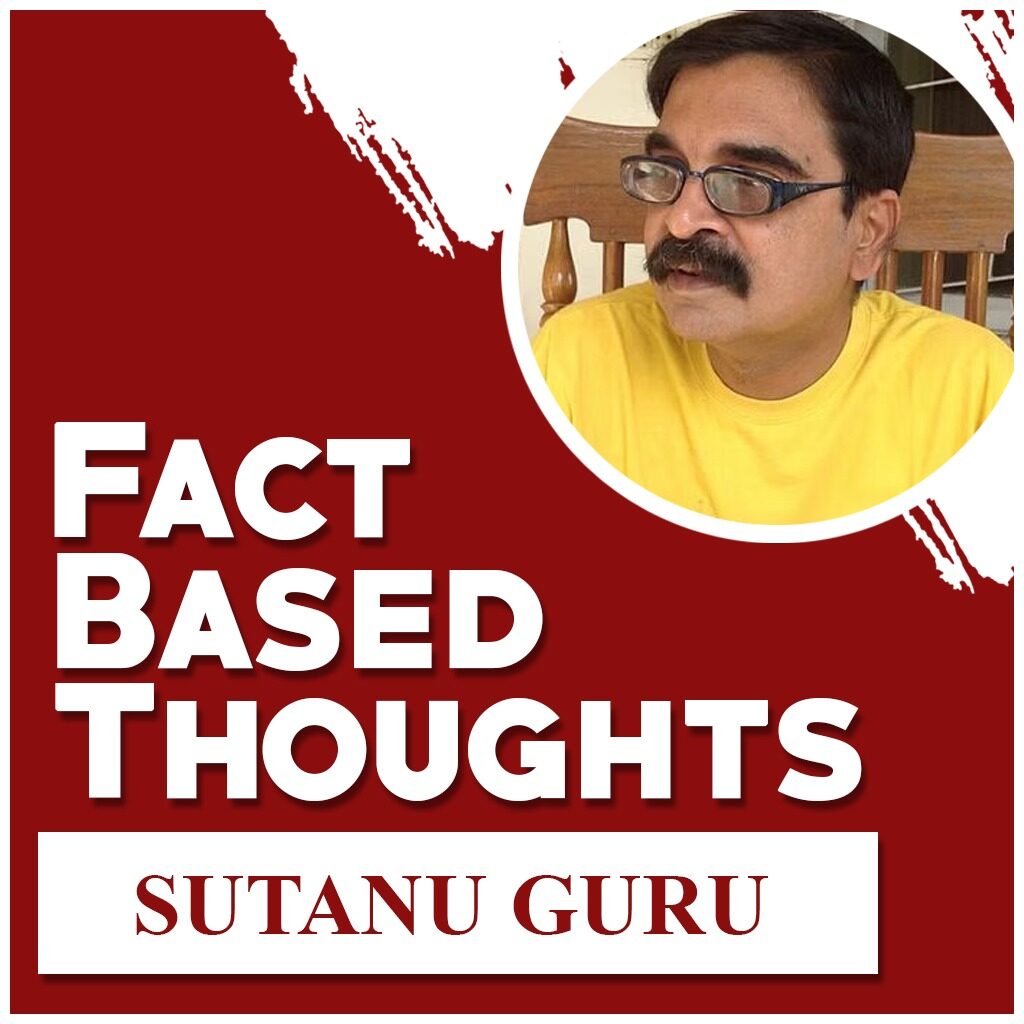
When the author was in school, mass media meant newspapers, magazines and government propaganda on All India Radio. A huge majority of citizens back in those days ever read a newspaper or a magazine. Yet, they were politically aware.
The Emergency imposed by Indira Gandhi in 1975 and strict censorship ensured that the “mass media” could not print or publish any information or opinion critical of the government. But when Mrs. Gandhi lifted the Emergency in 1977 and called for Lok Sabha elections, she and her Congress party were trounced. How did mostly illiterate citizens who anyway did not read even the censored newspapers come to the conclusion that Indira Gandhi must be punished for the Emergency excesses?
At the core of Capitalism is something called the “market” where producers and consumers interact in mysterious ways. Similarly, information has always travelled through societies in mysterious ways. The arrival of mass media has ramped up the speed of information delivery. What would earlier take weeks took days and even hours to be shared as news and opinion through newspapers, radio stations and TV news channels.
Today, that time frame has been shrunk to minutes and seconds by social media platforms. A simple glance at the chart here will tell you that the mass media today is YouTube, WhatsApp, Facebook, Instagram and Twitter. While Twitter appears puny compared to other platforms, its influence is significant because “influential” people use it and more importantly, because “tweets” spread like wildfire in WhatsApp groups.
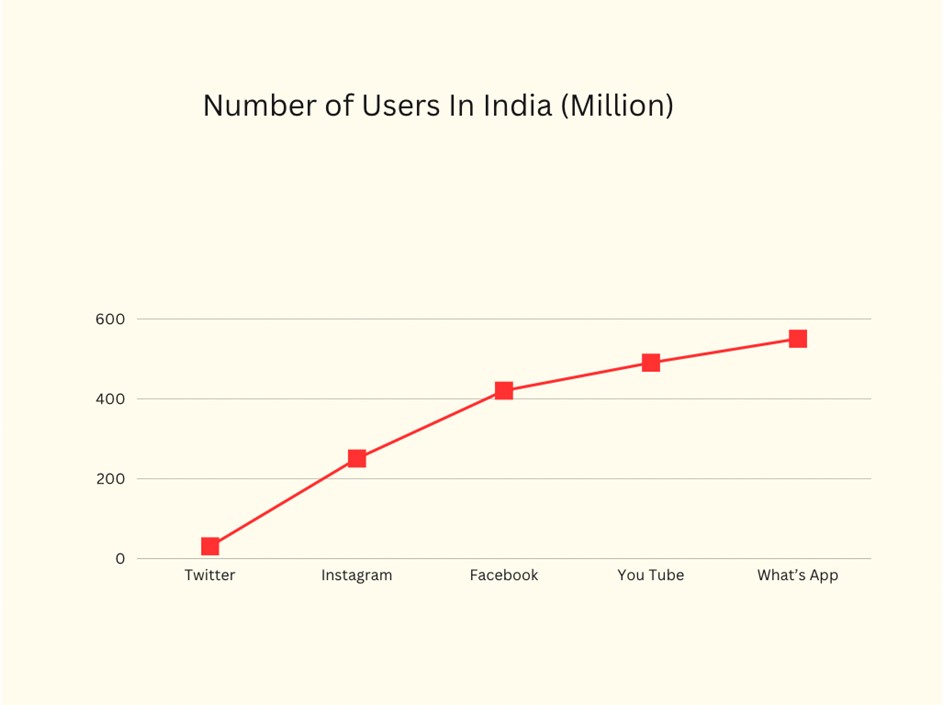
What the new mass media has successfully achieved is demolishing a myth perpetuated in the 20th century by elites that the mass media was objective, neutral and played the role of a messenger. That was, and still is bunkum. Mass media has always been ideological and always been opinionated.
In the two oldest democracies the UK and the USA, media outlets have unabashedly “supported” one party or the other, before, during and after elections. Somehow, ordinary citizens were sought to be hoodwinked by elites into thinking mass media was “objective” and “fair”. The myth lasted long enough.
In any case, ordinary citizens had no say as “gatekeepers” decided what was news and shoved it down the throat of unwilling media consumers. By the 1980s, ordinary people had started talking openly about prejudices, bias and double standards in mass media. The arrival of social media platforms meant the gatekeepers lost their monopoly. Today, every citizen is a journalist with an opinion. And she doesn’t care two hoots for the so-called fame, intellect or experience of established media “stars”. In the world of social media driven mass media, everyone is fair game.
It is in the second decade of this century that the carefully built and nurtured edifice cum façade of the traditional media was smashed to smithereens. Let’s take a few examples from India. Rajdeep Sardesai, Barkha Dutt and Sagarika Ghosh were established media stars with big fan followings when Facebook and Twitter started growing rapidly in India. This was also the time when Narendra Modi emerged as a possible contender for the throne in Delhi.
Almost every time these three star journalists shared some information or opinion or conducted a show, hordes of Modi supporters (often described as “trolls” and “internet Hindus”) would descend on SM platforms to “expose” the prejudices of these stars. The relentless criticism of the three, often accompanied by personal and vile abuse, was so intense that journalists actually started demanding regulation and control of such platforms.
Imagine media professionals demanding government control on media, albeit a new kind of media. The three remain famous media personalities, but with a significant dent in their credibility and reputation.
By now, every party and every interest group have an army of social media warriors who battle it out the way tribes in ancient times used to. There is no middle ground and no effort at dialogue. For some, Arnab Goswami is a fearless journalist who took on the Nehru-Gandhi dynasty; for others he is a noisy lapdog of the Modi regime. For some, Rajdeep Sardesai is a thoughtful journalist; for others he is a lapdog of the Nehru-Gandhi dynasty.
Such warfare will inflict wounds that will never heal. CVoter collaborated with the Centre for Policy Research to conduct an exhaustive survey of India, Pakistan and Bangladesh to mark 75 years of Independence & Partition. In the survey, 52% of respondents in India said they rarely or never read a newspaper; the number goes up to 66% for 18- to 24-year-olds. Close to 40% of this age cohort stated they rarely or never watch TV news. Barely 12% of the same respondents said the same about social media platforms.
The future of mass media is clear. There is more bad news for stars of Indian journalism. The proportion of Indians who say they do not trust the media at all is about the same as those who do not trust the police at all!
(Author has been a media professional for over 3 decades. He is now Executive Director, C Voter Foundation. Views are Personal)

